Do you have a spiky houseplant that you’re struggling to take care of? If so, you’re not alone. In fact, many people find these plants difficult to care for. However, with just a little know-how, it can be easy and straightforward. Moreover, once you understand the basics, maintaining them becomes much simpler. In this blog post, we’ll share some tips on how to care for a spiky houseplant.
How To Care For Spiky Houseplants
Spiky houseplants are a great way to add some life to your home without having to worry about taking care of a pet.
A spiky houseplant is not for everyone. While some people are drawn to their bold shapes and unusual textures, others may find them too prickly and prefer plants with softer leaves. Nevertheless, if you’re thinking of adding a spiky houseplant to your collection, there are a few things you should consider before making your decision.
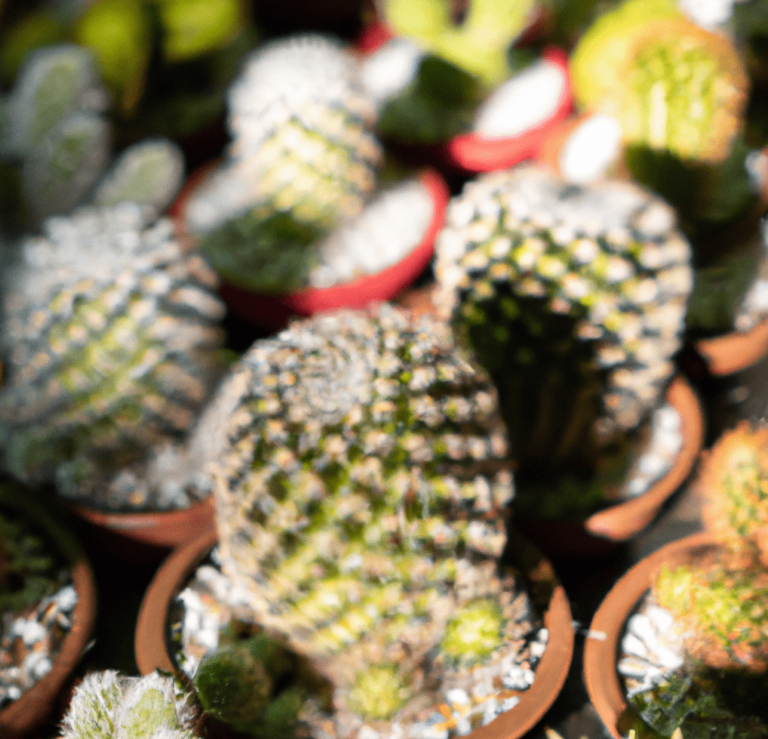
Spiky houseplants come in a wide variety of shapes, sizes, and colors and can be a low-maintenance option for busy households. Just be sure to give them plenty of light and water them when the soil is dry.
These plants are also great for purifying the air in your home. They help remove toxins and improve the quality of the air you breathe. So not only do they look good, they’re good for your health too!
Tips to care for spiky houseplants
Whether you’re a plant lover or a beginner, a spiky houseplant is a great choice for your home. Here are a few tips on how to care for your spiky houseplant:
- Place your plant in bright, indirect sunlight. Spiky plants need bright light to grow, but too much direct sunlight can scorch their leaves.
- Water your plant when the top inch of soil is dry. Allow the water to drain completely, and do not leave your plant sitting in water.
- Fertilize your plants once a month during the growing season. Use a balanced fertilizer and follow the instructions on the package.
- Trim off any dead or dying leaves as needed. This will help keep your plant looking its best.
- Place your plant in a spot where it will not be brushed up against often.
By following these simple tips, you can keep your spiky houseplant healthy and happy for years to come!
The Benefits Of Spiky Houseplants
Spiky houseplants are not only aesthetically pleasing, but they also have several benefits that make them ideal for any home.
Here are just a few of the benefits that you can enjoy when you have a spiky houseplant in your home:
- Spiky houseplants can help to purify the air in your home.
- They can also help to boost your mood and create a more positive atmosphere in your home.
- Spiky houseplants are also known for their ability to absorb negative energy, so they can help to create a more positive and peaceful environment in your home.
- These plants are also known for their ability to reduce stress and promote relaxation.
- Spiky houseplants can also help to improve your concentration and focus.
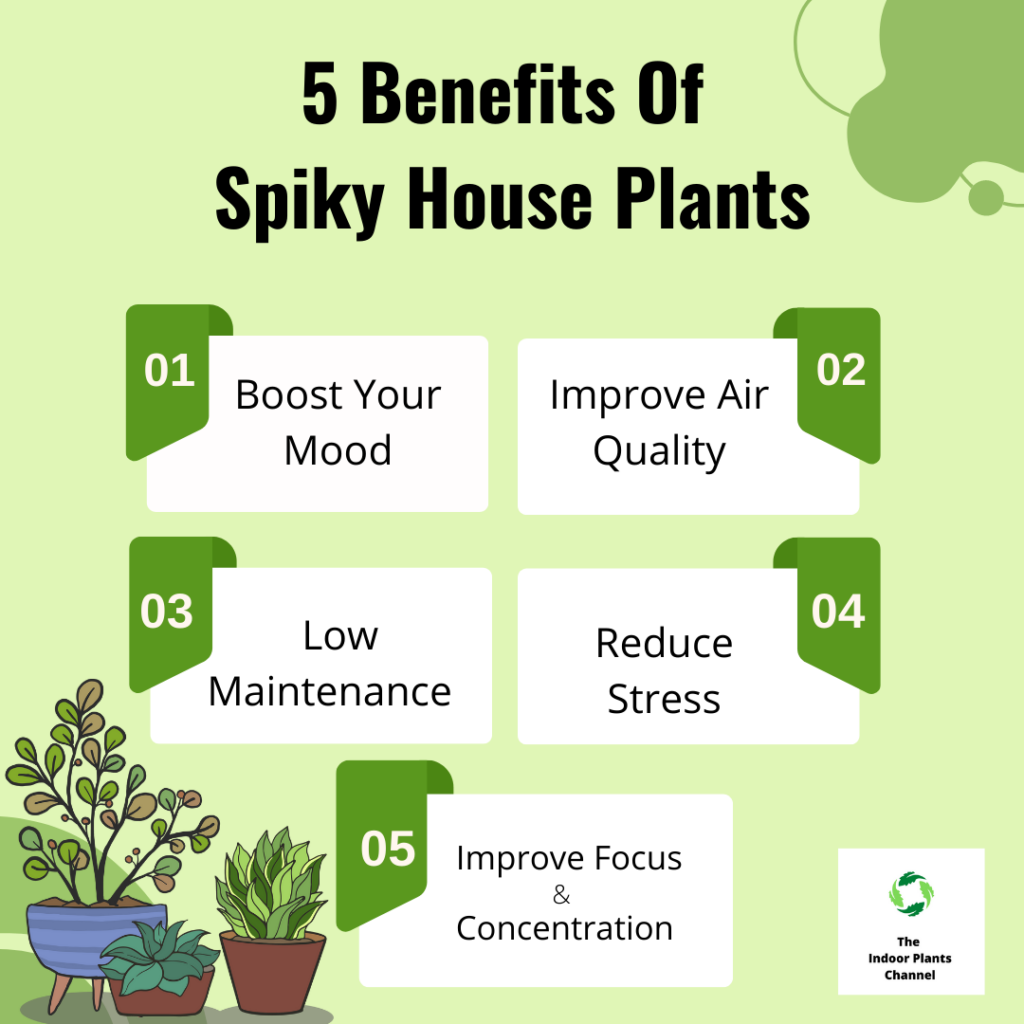
So, as you can see, if you are looking for a plant that has many health benefits, then a spiky houseplant is a great option.
The Different Types Of Spiky Houseplants
There are many different types of spiky houseplants. Some common ones are cacti, agave, yucca, and aloe.
1. Cacti
Cacti are a type of plant that is native to dry, desert regions. They have thick, fleshy stems that store water, and they are covered in sharp spines. Cacti come in a wide range of sizes and shapes, and they can be found in many different colors.
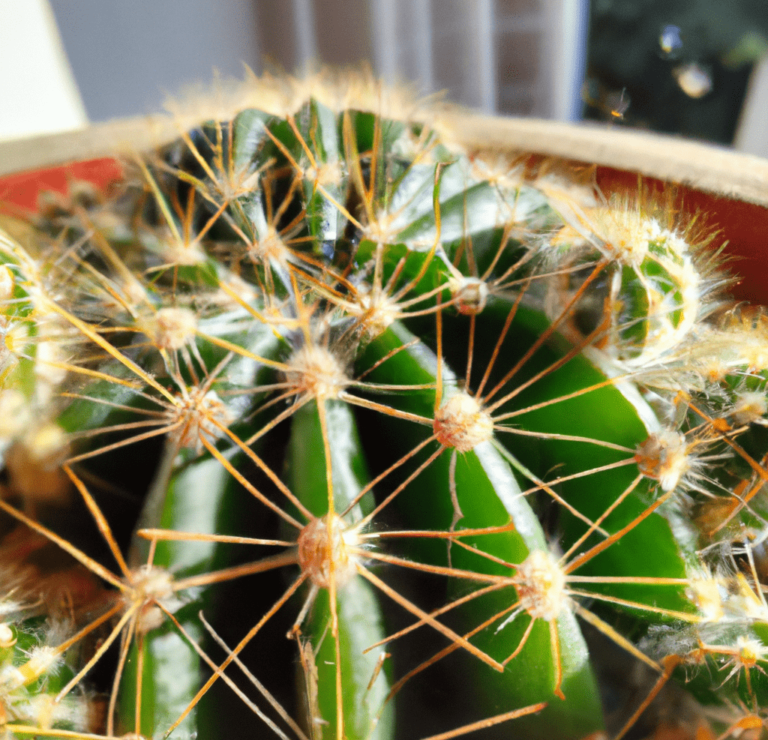
2. Agave
Agave is a type of plant that is native to hot, dry regions. It has thick, fleshy leaves that store water, and it is covered in sharp spines. Additionally, agave comes in a wide range of sizes and shapes, and it can be found in many different colors, making it a versatile plant for various spaces.
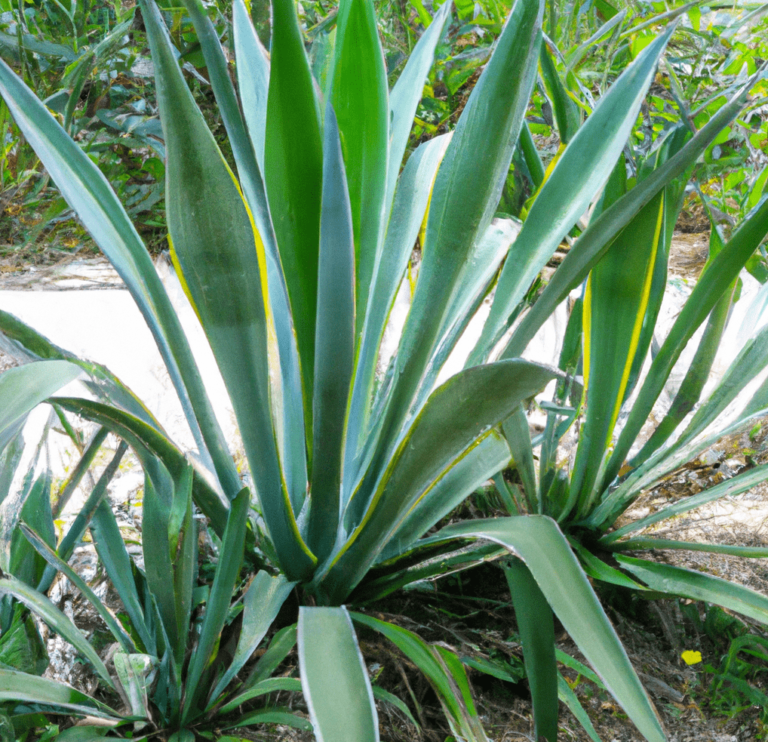
3. Yucca
Yucca is a type of plant that is native to dry, desert regions. It has sharp spines all over it and thick, fleshy leaves that hold water. Yucca is available in a broad variety of forms and sizes, as well as a broad range of colors.
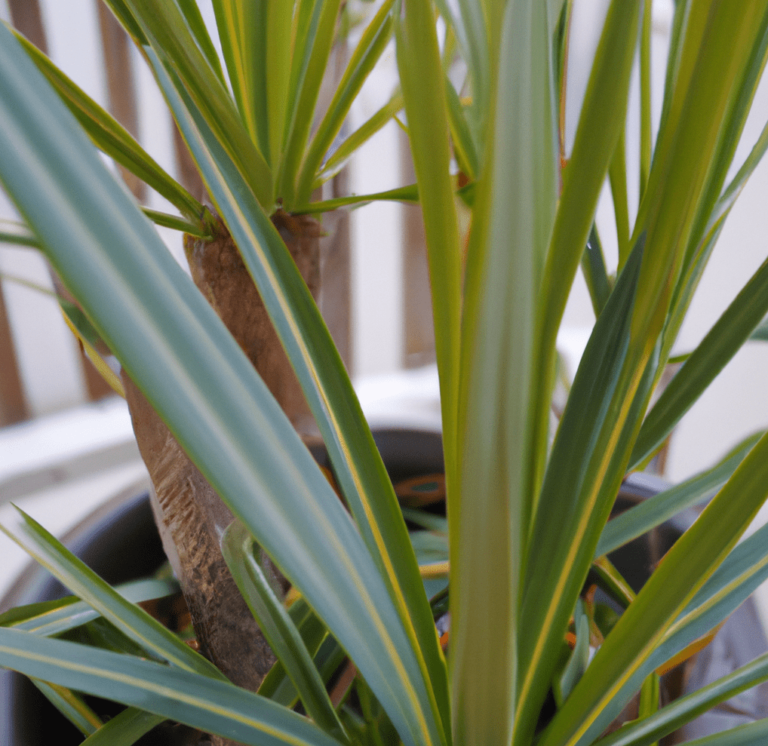
4. Aloe Vera
Aloe Vera is a type of plant that is native to hot, dry regions. It has thick, fleshy leaves that store water, and it is covered in sharp spines.

How To Choose A Spiky Houseplant
Spiky houseplants are a type of houseplant that has spikes or barbs on their leaves or stems. These plants can be used to add interest and texture to your indoor space, but they can also be dangerous to children and pets if not handled properly. Here are some tips on how to choose spiky houseplants for your home.
- Consider the light conditions of your space
- Also consider the size of your space
- Consider your personal preferences
The Best Spiky Houseplants For Beginners
Many spiky houseplants make great beginner plants. Some of the best spiky houseplants for beginners include the snake plant, the cactus, and the succulent.
- The snake plant is a great beginner plant because it is very easy to care for. Snake plants do not need much water and can even survive in low-light conditions.
- The cactus is another great beginner plant. Like the snake plant, cacti are very easy to care for. They do not need much water and can survive in hot, dry conditions.
- The succulent is a great beginner plant because it is very easy to care for. Succulents need very little water and can survive in hot, dry conditions.
So there you have it, the best spiky houseplants for beginners. These plants are easy to care for and will thrive in a variety of conditions.
The Most Popular Spiky Houseplants
There are many different types of spiky houseplants, but some of the most popular include cacti, succulents, and agave plants. These plants are easy to care for and can thrive in a variety of conditions.
1. Cacti
Cacti are a type of succulent that originates from dry, desert regions. Naturally, they are adapted to survive in hot, dry climates, and, as a result, can store water in their fleshy stems, allowing them to thrive in harsh conditions.Cacti come in a wide range of shapes and sizes and can be either solitary or clustered.
Most cacti need bright light and well-drained soil. They should be watered only when the soil is dry, and be sure to use a pot with drainage holes to prevent root rot.
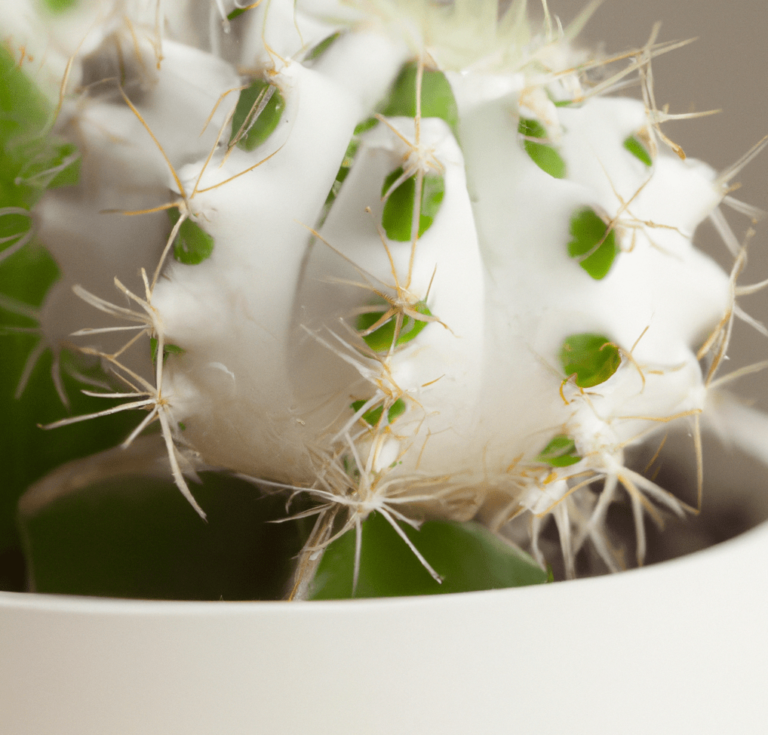
2. Succulents
Succulents are another type of water-storing plant that originates from dry, arid regions. They have thick, fleshy leaves or stems that help them store water. Succulents come in a wide variety of shapes, sizes, and colors.
They need bright light and well-drained soil and should be watered only when the soil is dry. Be sure to use a pot with drainage holes to prevent root rot.
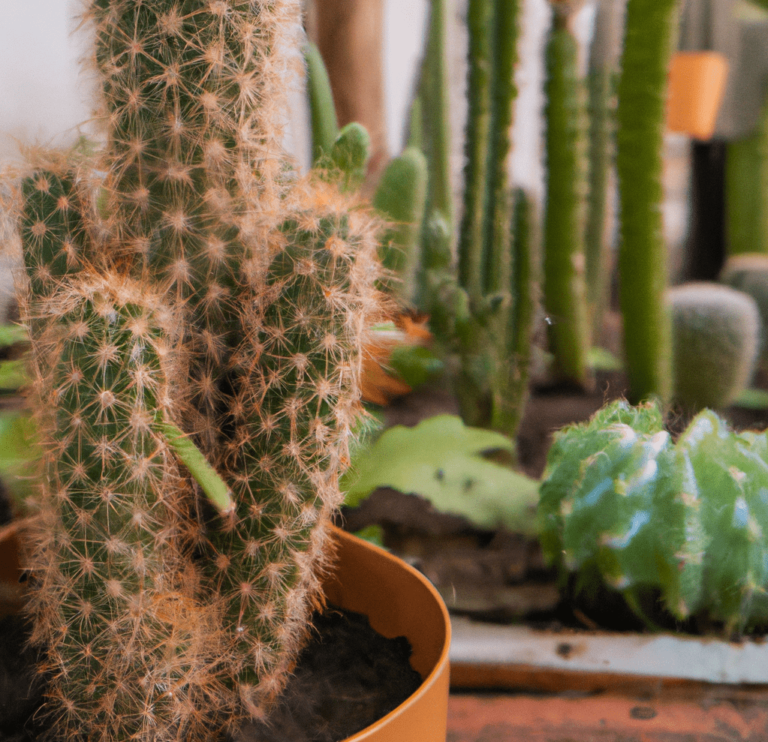
3. Agave
Agave plants are a type of succulent that originates from the arid regions of Mexico. Additionally, they have thick, fleshy leaves that store water, making them highly adaptable to dry conditions. Moreover, agave plants come in a wide variety of shapes, sizes, and colors, offering plenty of options for gardeners and plant lovers alike.
They need bright light and well-drained soil and should be watered only when the soil is dry. Be sure to use a pot with drainage holes to prevent root rot.
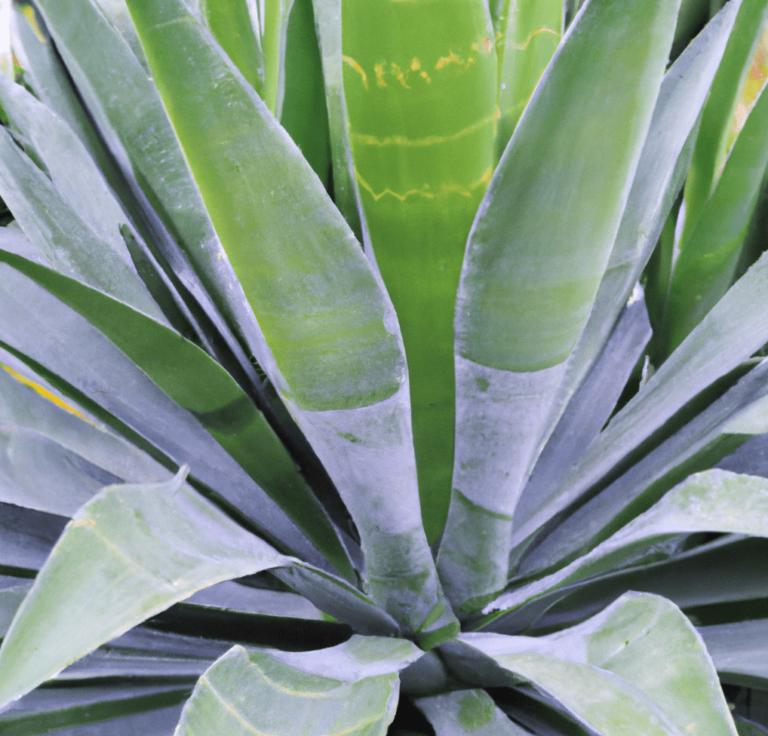
The Most Unusual Spiky Houseplants
Cacti and succulents are some of the most interesting plants around. But if you want to try something unusual, here are some of the most unusual spiky houseplants that you can add to your collection:
1. Aeonium
Aeonium is a type of succulent that is native to the Canary Islands. It has thick, fleshy leaves that are arranged in a rosette shape, which adds to its unique appearance. Additionally, the leaves are a beautiful green color and can grow up to 12 inches long. Furthermore, the flowers of the Aeonium are yellow, white, or pink, and they bloom in the spring and summer, bringing vibrant color to your garden.
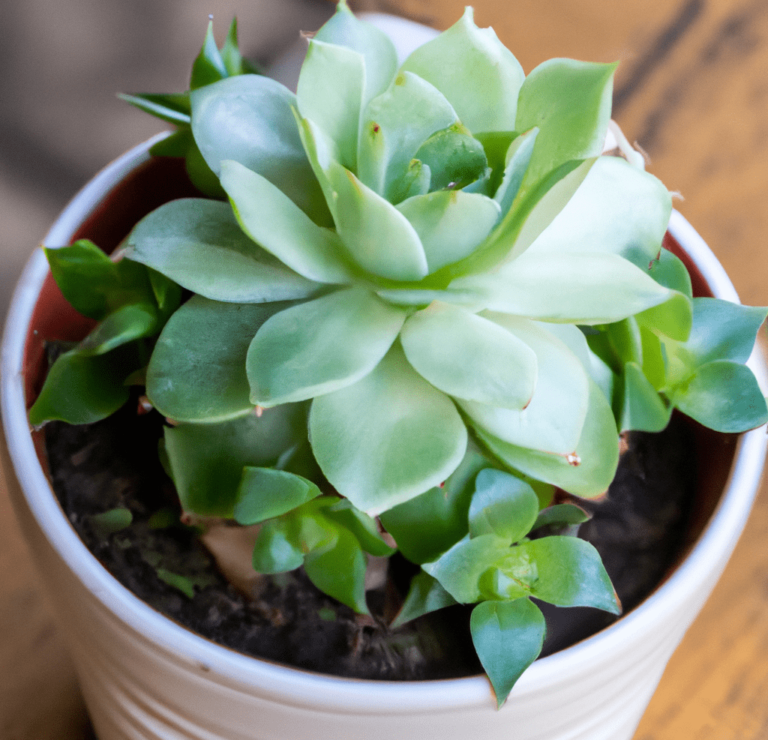
2. Aloe
Aloe is a succulent that is native to Africa. It has long, green leaves that are filled with a gel-like substance. This substance can be used to soothe burns and wounds. The flowers of the aloe are yellow, orange, or red, and they bloom in the summer.

3. Euphorbia
Euphorbia is a succulent that is native to Africa and Madagascar.It has long, thin leaves that are green or blue-green in color, which gives it a distinct and attractive look. In addition, the flowers of the Euphorbia are yellow, white, or pink, and they bloom in the spring and summer, adding a burst of color to your space during warmer months.
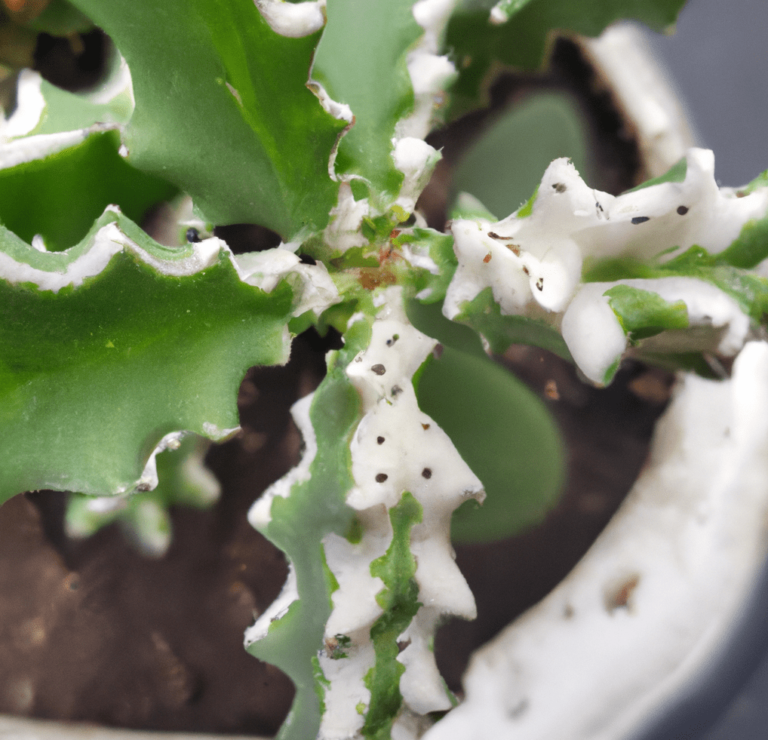
4. Haworthia
Haworthia is a succulent that is native to South Africa. It has thick, fleshy leaves that are green or blue-green in color. The flowers of the Haworthia are white and bloom in the summer.
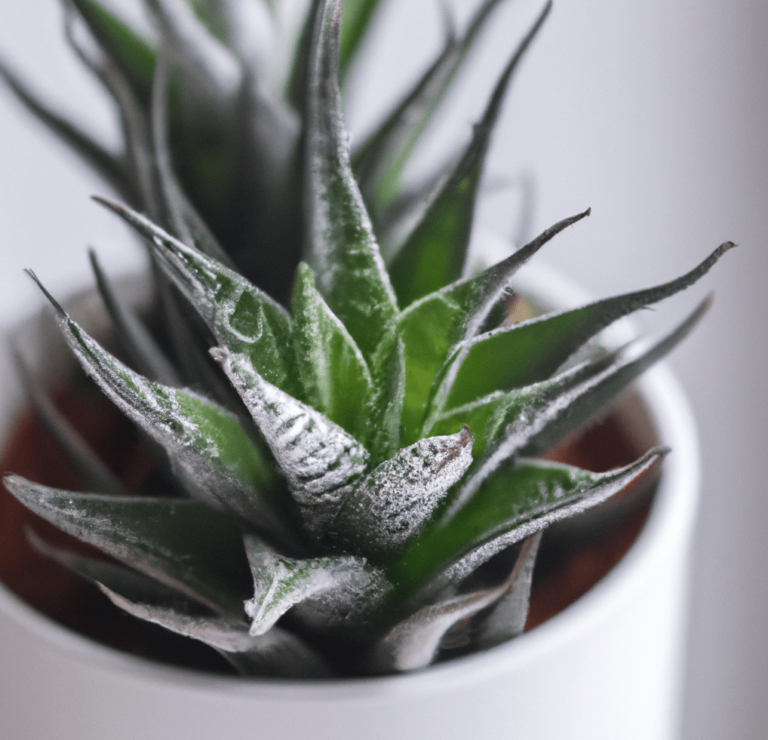
5. Kalanchoe
Kalanchoe is a succulent that is native to Madagascar. It has thick, fleshy leaves that are green or red in color. The flowers of the Kalanchoe are white, yellow, or pink, and they bloom in the spring and summer.
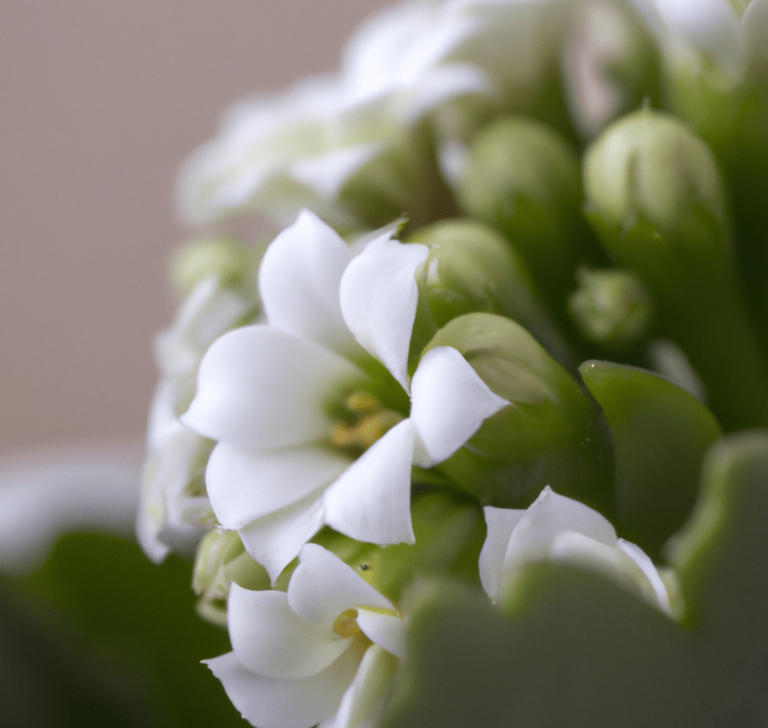
These are just a few of the many unusual spiky houseplants that you can add to your collection. Furthermore, with proper care, they will thrive and, in turn, add both interest and beauty to your home, enhancing your space in a unique way.
The Most Challenging Spiky Houseplants To Keep
Cacti and succulents are some of the most popular spiky houseplants. They are easy to care for and can thrive in a wide range of conditions. However, there are a few spiky houseplants that are more challenging to keep. If you’re up for a challenge, here are a few of the most challenging spiky houseplants to keep:
1. African Milk Tree (Euphorbia trigona)
This spiky plant is native to Africa and can grow up to 10 feet tall. African Milk Trees are known for their large, triangular leaves and their red, sap-like milk.
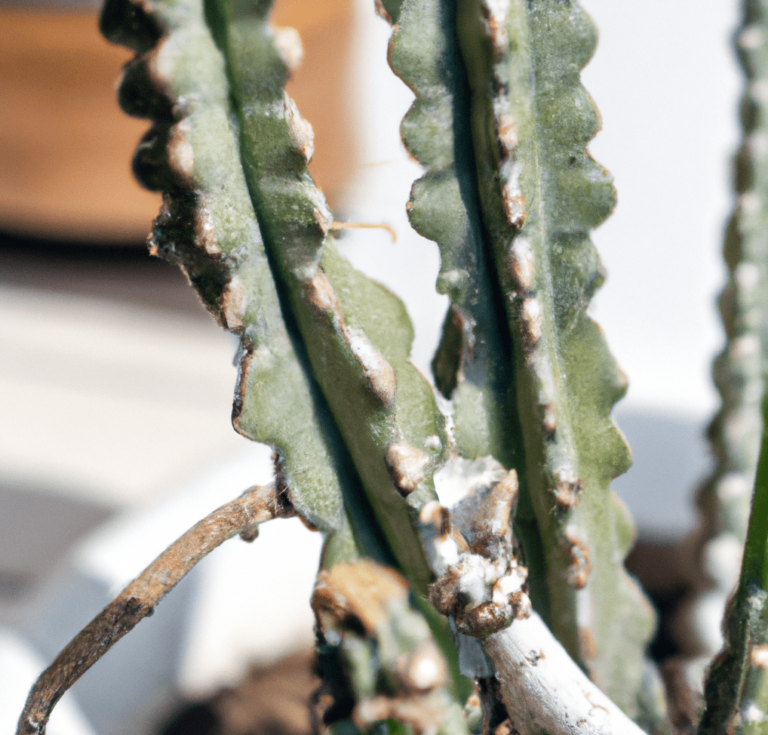
2. Dragon Tree (Dracaena draco)
This tree is native to the Canary Islands and can grow up to 20 feet tall. Moreover, Dragon Trees are known for their red, spiky leaves and, additionally, their ability to tolerate low light conditions, making them an ideal choice for various indoor environments.
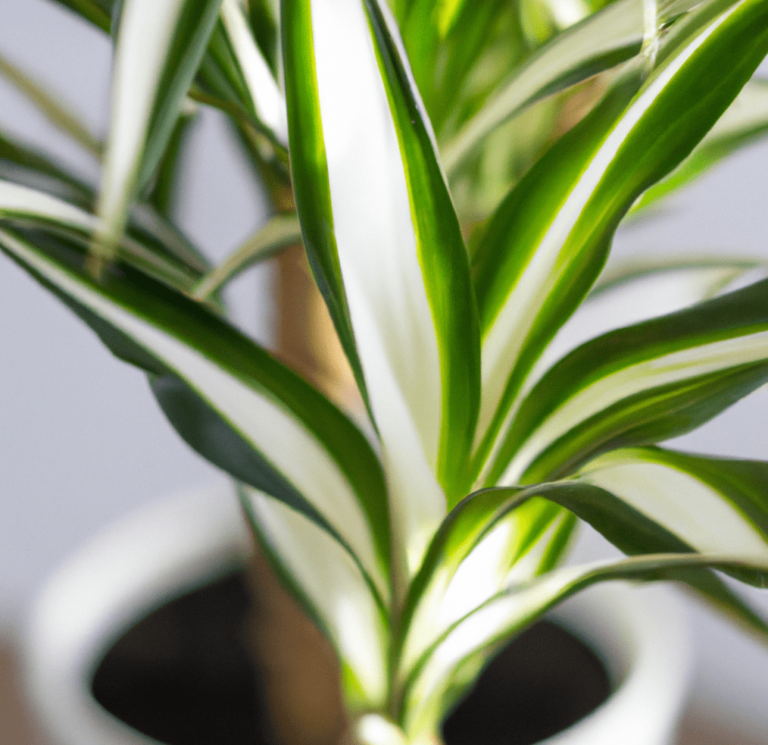
3. Saguaro Cactus (Carnegiea gigantea)
If you’re looking for a real challenge, try the Saguaro Cactus (Carnegiea gigantea). In fact, this cactus is native to the Sonoran Desert and, as a result, can grow up to 50 feet tall. Furthermore, Saguaro cacti are known for their impressive size and, of course, their long, sharp spines, making them a fascinating yet demanding addition to your collection.
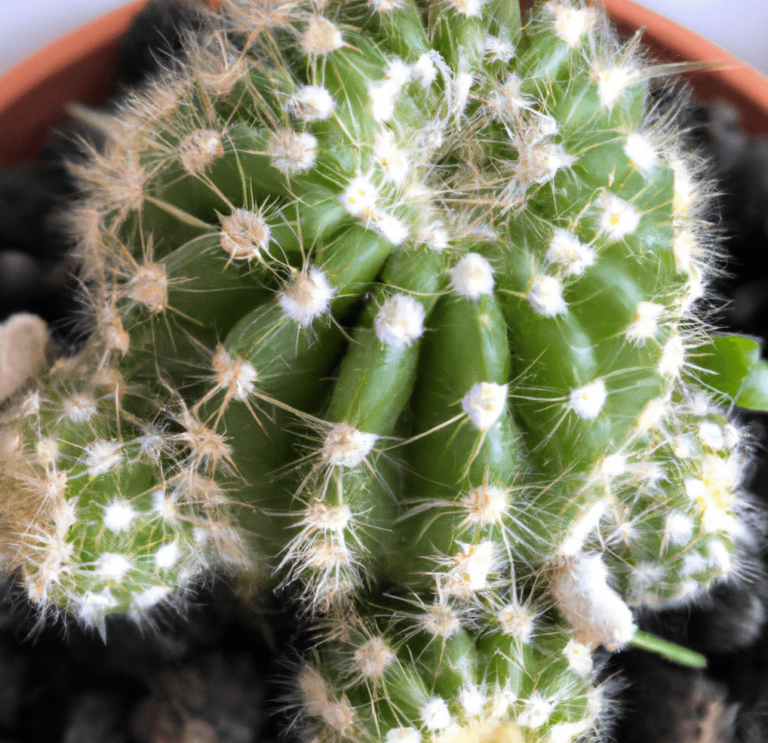
4. Christmas Cactus ( Schlumbergera truncata)
This cactus is native to Brazil and can grow up to 3 feet tall. Christmas Cacti are known for their red and white flowers, which bloom in the winter.
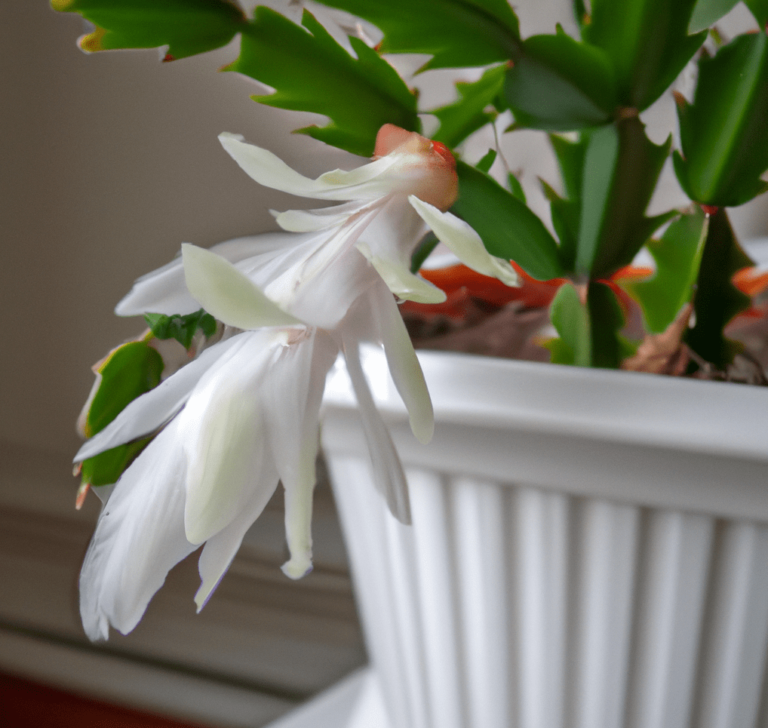
These are just a few of the most challenging spiky houseplants to keep. If you’re up for the challenge, give them a try!
10 Tips For Growing Healthy Spiky Houseplants
1. Do Your Research
Before you go out and buy a spiky houseplant, do your research on which plant is best for you and your home. There are a lot of different types of spiky plants, so you want to make sure you get one that is going to thrive in the environment you can provide.
2. Choose The Right Size Of Pot
One of the most important things you can do for your spiky houseplant is to make sure it has a pot that is the right size. If the pot is too small, the roots will become crowded and the plant will not be able to grow properly. If the pot is too large, the roots will not be able to get the moisture and nutrients they need.
3. Choose The Right Type Of Potting Mix
When you are potting your spiky houseplant, be sure to use a potting mix that is specifically designed for cacti and other succulents. This type of mix has the right mix of drainage and aeration that spiky plants need.
4. Water Your Plant Properly
Spiky plants need to be watered deeply but not too often. Water your plant when the soil is dry to the touch, but be sure not to over-water, as this can cause the roots to rot.
5. Fertilize Your Plant
Fertilize your spiky houseplant every few months with a cactus or succulent fertilizer. It will help to ensure that your plant gets the nutrients it needs to grow.
6. Get The Right Amount Of Light
Spiky houseplants need a lot of light, but they should not be in direct sunlight for too long, as this can scorch the leaves. Place your plant in a bright spot, but be sure to give it some protection from the hot afternoon sun.
7. Prune Your Plant
As your spiky houseplant grows, you will need to prune it to keep it from getting too big for its pot. Prune off any dead or dying leaves, and trim back any long stems.
8. Repot Your Plant
As your spiky houseplant grows, it will eventually need to be repotted into a larger pot. It should be done every one to two years, depending on the size of the plant.
9. Be Careful With Pests
Spiky houseplants are susceptible to pests such as aphids, mealybugs, and scale. If you notice any of these pests on your plant, you can remove them by hand or with a pesticide specifically designed for cacti and succulents.
10. Enjoy Your Plant!
Once you have followed all of these tips, you should have a healthy and happy spiky houseplant that will add some life to your home. Enjoy your plant, and don’t forget to give it the care it needs to thrive.
Expert Ideas
- Hang it from the ceiling
- Put it in a bright spot near a window
- Water it when the soil is dry
- Fertilize it once a month
- Prune it regularly to keep it healthy
- Re-pot it every year or two
Bonus Tip
My top tip when it comes to spiky houseplants is to choose a plant that is suitable for your level of care. If you are new to indoor plants, I would recommend choosing a plant that is easy to care for. If you have more experience with indoor plants, you can choose a plant that is more challenging to care for.
Frequently Asked Questions
1: What is a spiky houseplant?
A spiky houseplant is any plant with sharp, pointy leaves or stems. Popular examples include cacti, agave, and yucca plants. These plants are ideal for adding texture and interest to your indoor space.
2: How do I care for a spiky houseplant?
To care for a spiky houseplant, place it in a bright spot with indirect sunlight, and water it when the soil is dry. Use well-draining soil and avoid overwatering. Prune dead leaves as needed, and fertilize once a month during the growing season.
3: Are spiky houseplants good for air quality?
Yes! Many spiky houseplants, like cacti and aloe vera, help purify the air by removing toxins such as formaldehyde and benzene, while also producing oxygen. This improves overall air quality in your home.
4: Can spiky houseplants be harmful to pets?
Some spiky houseplants, such as yucca and agave, can be toxic to pets if ingested. It’s important to keep these plants out of reach of children and pets to avoid any health risks.
5: What are the best spiky houseplants for beginners?
For beginners, the snake plant, aloe vera, and cactus are great choices. These plants are easy to care for, tolerate low light, and require minimal watering, making them perfect for those new to indoor plants.
Conclusion
If you’re looking for a unique and interesting houseplant, a spiky plant is a great option. They’re easy to care for and can add a touch of personality to any room. With just a little bit of care, your spiky houseplant will thrive. Enjoy your new plant and watch it grow!
Michelle Wilde
Related posts
8 Comments
Leave a Reply Cancel reply
![]()
About Michelle Wilde
Michelle Wilde is a stay-at-home mom and avid plant lover. Armed with a post-graduate degree in Computer Science (no kidding!), she loves researching plants and landscapes. When she is not caring for her 4 kids, she spends time on her passion for plants. She blogs at www.indoorplantschannel.com, the trusted source for indoor plants.
Learn more
Subscribe
* You will receive the latest posts and updates about indoor plants!
Search
Recent Posts
Categories
- Beginner Guides (10)
- FAQ (206)
- General (2)
- How-To Guides (212)
- Indoor Plants (214)
- Pest Management (2)
- Plant Problem Solutions (4)
- Seasonal Growing (2)
- Specialized Environments (2)
- Specific Plant Care (3)
- Technical Growing (2)
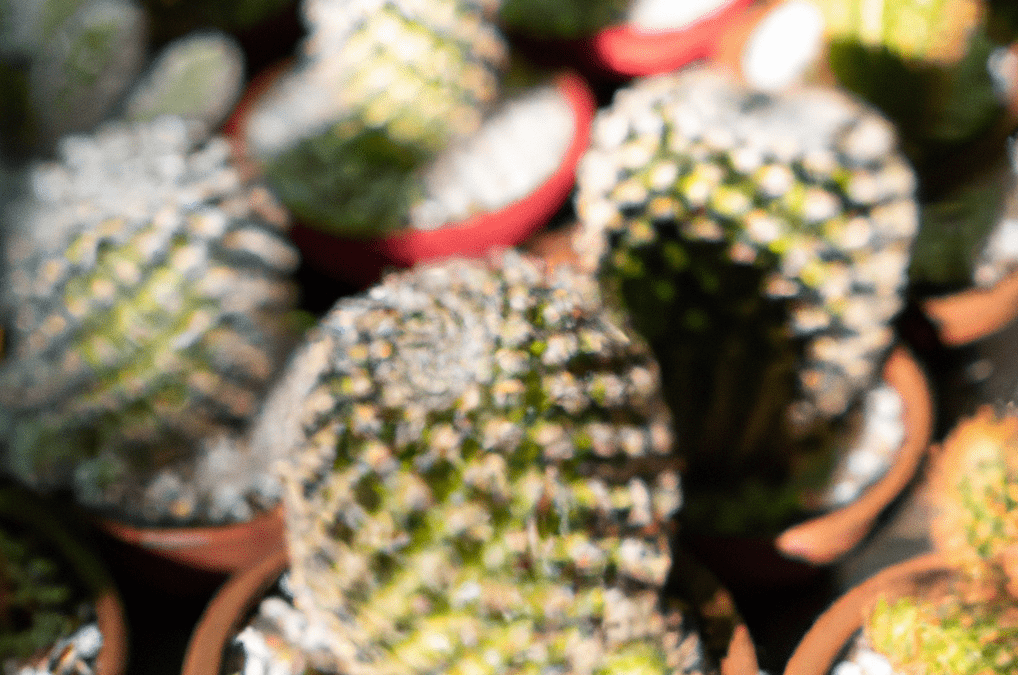
[…] So if youre ready to add a little bit of green to your life, read on for everything you need to know about caring for spiky houseplants! […]
[…] known as the mother-in-law’s tongue or the viper’s bowstring hemp. The snake plant is a popular houseplant because it is very easy to care for and it can tolerate a wide range of growing […]
[…] plants are one of the easiest houseplants to care for. They are very tolerant of neglect and can even thrive in low-light conditions. However, there […]
[…] Spiky houseplants can also help to enhance your concentration and focus. The negative ions released by the plants can help to improve your cognitive function and memory. […]
[…] Spiky houseplants are a type of plant that have sharp, pointy leaves. They are often used as ornamental plants, and can make a great addition to any home. These plants are easy to care for and are relatively low maintenance. […]
[…] you have found the perfect spot and pot for your plant, it’s time to think about watering. Spiky houseplants are not very drought tolerant, so you will need to water them […]
[…] just a little bit of care, your spiky houseplant will […]
[…] We’ve made this post to guide you on the best spiky plants that are safe for dogs and cats and how to take care of […]